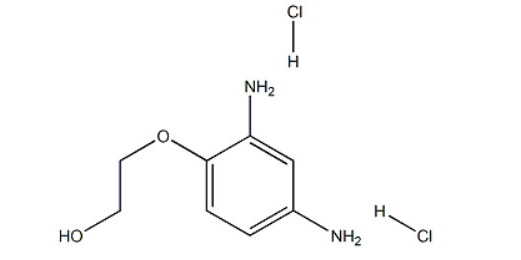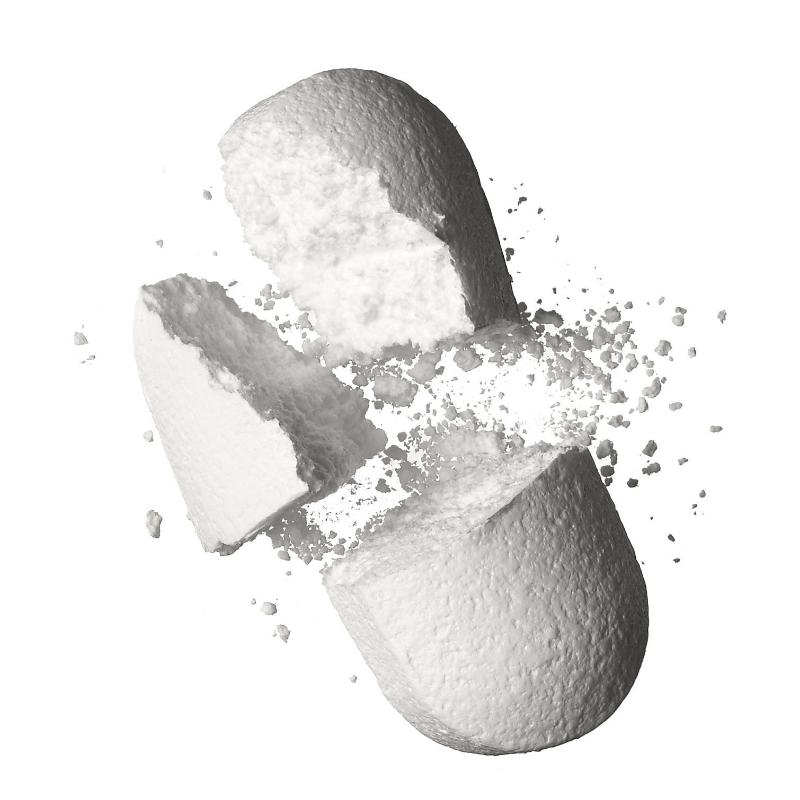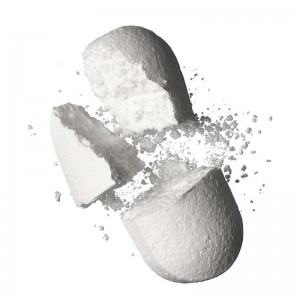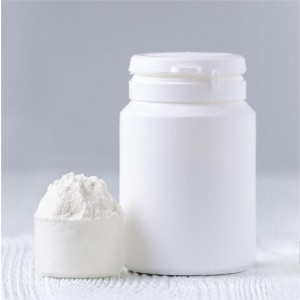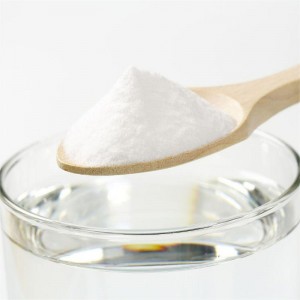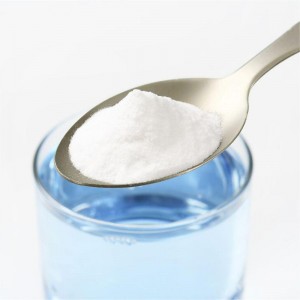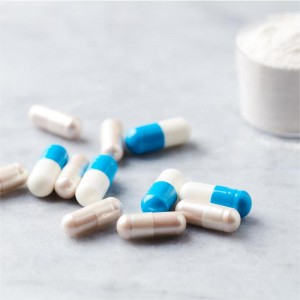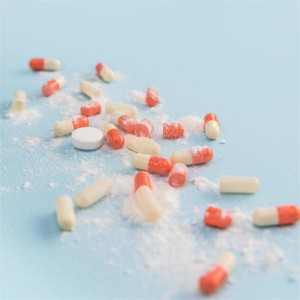Xanthan gum Cas number: 11138-66-2 Molecular Formula: C3H4O2
| Appearance | yellow to white powder |
| Viscosity | 3000-7500 cps (0.5%aq.soln.at 25℃) |
| PH Residue | 6.0-8.5 |
| Moisture | ≤2.0% |
| Average molecular weight | ≤15.0% |
| Residues | 1,000,000-4,000,000 |
Xanthan gum, also known as Hansen's gum, is a microbial extracellular polysaccharide produced by the fermentation process of the bacterium Xanthomonas campestris using carbohydrates as the main raw material (e.g. corn starch). It has unique rheological properties, good water solubility, stability to heat and acids and bases, and good compatibility with a variety of salts, and is widely used as a thickener, suspending agent, emulsifier and stabiliser in more than 20 industries such as food, petroleum and pharmaceuticals.
Food industry: commonly used in baked goods, confectionery, juices, condiments and frozen foods, etc., can increase the viscosity of food, improve the taste and make the food more mechanical.
Pharmaceutical industry: xanthan gum is an important drug carrier material, it can not only be used as a raw material for capsules, human tissue unique repair materials, but also used to manufacture oral drugs, injections, eye drops and other drugs.
Food industry: avoid high heat as much as possible, preferably add at a temperature of 40°C - 60°C. The dosage is moderate between 0.2% and 2%. In general, the thicker and heavier the food the greater the amount of xanthan gum added.
Pharmaceutical industry: the dosage varies according to the occasion of use. In general xanthan gum powder can be mixed directly with the drug or suspended in a specific solution.
